What is Hamas Part II
If someone comes planning to kill you, you should hurry to kill him first. Tractate Sanhedrin, Portion 72, Verse 1
In my last post I detailed the early years and founding of Hamas, click below to read it. Today I will look at the years between 1997 and 2003 as well as profiling a few of the people that threw away their lives for that evil group.
In April 1996, Israel invaded Lebanon in an attempt to to end rocket attacks on Northern Israel. Hamas was content to grow their organization and wait, while Israel dealt with Hezbollah. There were no more Hamas attacks for the rest of 1996.
1997
1997 started off as quiet as 1996 ended. There were no attacks in January or February. However, in March of 1997, Hamas resumed terrorist activities, with one attack. On March 21, the eve of the Purim, a Hamas bomber detonated an explosive device, concealed in a backpack, at the entrance at the Apropo coffee shop in Tel Aviv. The explosion killed three young women, one of whom was three months pregnant, and wounded 40.
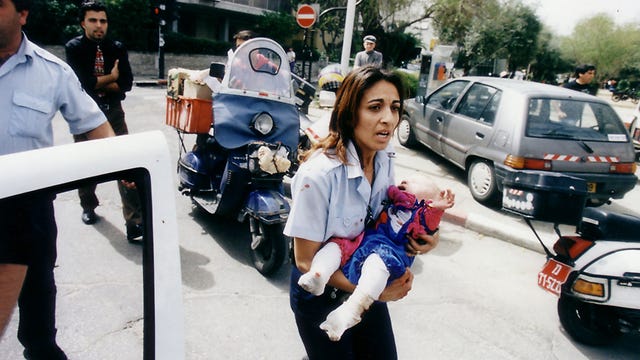
There were no attacks in April, May or June but in July there was one attack. On July 30, two Hamas suicide bombers carrying bags loaded with explosives and nails, almost simultaneously, detonated themselves 150 feet apart in a central alley of the popular outdoor market of Mahane Yehuda, killing 16, including an Arab citizen of Israel, and wounded 178 people, many of them teenagers or tourists.
There were no attacks in August.
There was one attack in September, on September 4, three Hamas suicide bombers simultaneously blew themselves up in the Ben Yehuda Street pedestrian mall, killing five Israelis, three of whom were teenage girls, and wounding 87. This was the fourth attack at this market since 1948, in total killing 79 and wounding 320.
Also in 1997, Israel would attempt an operation that would backfire on them and result in the release from prison of their most cunning enemy. On September 25, 1997, Mossad agents acting under orders from Prime Minister Benjamin Netanyahu and his security cabinet, attempted to assassinate Khaled Mashal, Chairman of the Hamas politburo.
The Israeli agents entered Jordan on fake Canadian passports disguised as tourists. Two of Mossad agents waited at the entrance of the building housing the Hamas offices in Amman, the capital of Jordan. As Mashal walked into the foyer, one of the agents came up behind Mashal and held a device to his left ear that transmitted a fast-acting poison. The other agent opened a shaken can of Coke to distract Mashal. Unfortunately Mashal’s bodyguards spotted the agent with the device and shouted a warning. The agents ran but the bodyguard was able to chase the agents down and capture them. Two other agents involved in the operation were captured as they returned their rental cars and at least seven other agents made it to safety inside the Israeli Embassy. Mashal initially thought the agents had failed to hurt him, but later in the day he developed a severe headache and began vomiting. He was rushed to a Jordanian hospital where his condition rapidly deteriorated. He was transferred to the royal wing of the King Hussein Medical Center, but doctors were at a loss to treat Mashal.
After being informed of the incident, Jordan's King Hussein was furious and demanded that Netanyahu turn over the antidote for the poison, threatening to try the Mossad agents for attempted murder, (or murder of Mashal died), and sever diplomatic relations. King Hussein feared that the death of a Hamas leader inside Jordan would trigger riots in his kingdom, perhaps even a civil war. Netanyahu refused, and the incident quickly grew in political significance. With Israeli-Jordanian relations rapidly deteriorating, King Hussein threatened to void the historic 1994 peace treaty between the two countries, should Mashal die. Eventually, it took an intervention by President Bill Clinton who compelled Netanyahu to turn over the antidote.
The head of Mossad, Danny Yatom, flew to Jordan, with Netanyahu's consent, and orders to take the Mossad doctor that had been part of the operation, who was hiding inside the embassy and the antidote she was carrying, to the hospital to treat Mashal. The doctors in the royal wing, where Mashal lay in a coma, were skeptical at first believing that what the Mossad agents had given them was another poison to finish the job. It was the Mossad doctor, who’s identity remains unknown to his day, that convinced the doctors that the antidote was real. They administered the antidote, and saved Mashal's life. However, Mashal's antidote only secured the release of the two Mossad assassins. At least nine other Mossad agents involved in the operations, including the doctor and now the head of the Mossad, were holed up in the Israel Embassy. King Hussein knew he needed a large concession on from the Israelis in order to justify the release of the agents. He demanded that the Israelis release 100 Palestinian prisoners and to top it off, also demanded the release of Ahmed Yassin as well. The Israelis balked at releasing Yassin but when King Hussein told them the people in the embassy would never be allowed to leave, they agreed. They also managed to get a promise from Yassin that he would no longer call for attacks against Israel.
On September 30, 1997, a Jordanian official was on hand at Gaza airport to witness Yassin being wheel off an Israeli military aircraft and when he relayed the information to Amman. the nine Israelis in the embassy were allowed to leave. Following his release, Yassin resumed his leadership of Hamas. He immediately repeated his calls for attacks on Israel, including using suicide bombings, thus violating the condition of his release.
The total number of causalities in the three terrorist attacks in 1997 was 24 killed and 305 wounded.
1998
There was only two attacks the entire year. killing one and wounding 24.
1999
There were only two attacks in 1999. Five were killed and 24 injured.
2000
In 2000 the situation in Israeli and the Occupied Territories completely changed direction. While the terror attacks were still low, the Second Intifada set the stage for a huge expansion of attacks by Hamas. The total number of terrorist attacks in 2000 was four with six killed and 82 wounded.
The Second Intifada
2000 started as quiet as 1999 had ended. There was still efforts from the Israelis to put together a comprehensive peace deal with the PLO. Between July 11 and 25, 2000, Ehud Barak and Yasser Arafat met at Camp David with Bill Clinton to reach a "final status" agreement. The summit collapses after Arafat would not accept the most comprehensive proposal ever put forth by an Israeli Prime Minister. Barak offered the PLO control over the entire Gaza Strip, part of East Jerusalem to act as capital of a Palestinian state, 73% of the West Bank, growing to 90–94% after 10–25 years, and financial reparations for Arab refugees, in return for peace. Arafat turned down the offer without making a counter-offer.
The year turned deadly on September 28, when the leader of the opposition Likud Party, Ariel Sharon, visited the Temple Mount, accompanied by 1,000 policemen. According to his office the visit was preplanned and had been okayed by the PLO. According to the PLO they never received word regarding the visit. Sharon stated that the visit asserted the right of all Israelis to come to the Temple Mount. However, according to Likud spokesman Ofir Akunis, the actual purpose was to "show that under a Likud government the Temple Mount will remain under Israeli sovereignty.” Shortly after Sharon left the site, angry demonstrations by Palestinians in the al-Aqsa compound erupted into rioting. On Friday, the day after Sharon's visit, following normal prayers, large riots broke out around Jerusalem. Israeli police fired rubber bullets and tear gas at Arabs at the Temple Mount who were throwing stones over the Western Wall at Jewish worshippers below. After the chief of Jerusalem's police force was knocked unconscious by a stone, they switched to live ammunition and killed four Arab youths. By the end of the day, seven Arabs had been killed and 300 had been wounded, 70 Israeli policemen were also injured in the clashes. Abu Qteish, the al-Aqsa’s Imam in charge at the time, was indicted by Israel for calling on Arabs to defend the mosque, leading to the subsequent stone-throwing over the Wailing Wall.
Starting on October 1, 2000, there were several days of disturbances and clashes within Israel, mostly between Arab citizens of Israel and Israeli police, as well as large-scale rioting by Jews. Twelve Arab citizens of Israel and a Palestinian from the Gaza Strip were killed by Israeli police, while an Israeli Jew was killed when his car was hit by a rock on the Tel-Aviv-Haifa freeway. On October 8, thousands of Israeli Jews participated in violent protests in Tel Aviv and elsewhere, some throwing stones at Arabs, destroying Arab property and chanting "Death to the Arabs." Following the riots, a high degree of tension between Jewish and Arab citizens and distrust between the Arab citizens and police were widespread. An investigation committee, headed by Supreme Court Justice Theodor Or, reviewed the violent riots and found that the police were poorly prepared to handle such riots and charged senior officers with bad conduct. The Or Commission reprimanded Prime Minister Ehud Barak and recommended Shlomo Ben-Ami, then the Internal Security Minister, be barred from serving another term in that post. The committee also blamed Arab leaders and Knesset members for inflaming the atmosphere and making the violence more severe.
On October 12, 2000, two IDF reservists (serving in non-combat roles) accidently entered Ramallah and were detained by Palestinian Authority (PA) police. Rumors circulated that the two men were Mossad agents and a mob broke into the police station where they were being held, overpowered the officers on duty, beat and stabbed both soldiers to death. At this point, the crowd clapped and cheered as one of the soldier's bodies was then thrown out the window trampled and beaten by the frenzied crowd. One of the soldiers was shot and set on fire, his head was beaten to a pulp and their bodies were hung in al-Manara Square where an victory celebration began. The brutality of the event, captured in a photo of a Palestinian rioter proudly waving his blood-stained hands to the crowd below, sparked international outrage and further intensified the ongoing conflict between Israeli and Palestinian forces.
It also showed Hamas that the rank and file Arabs were “on their side” and spurred them into action after being quiet for almost a year.
On November 2, a car bomb explodes near the Mahane Yehuda Market, killing two and wounding ten. There were two more attacks in November, killing four and wounding 72. In December there was one attack with no deaths and three injuries.
Blood runs in the streets of Israel
2001
Starting in 2001 Hamas stepped up their attacks on Israeli civilians, buoyed by the belief that the majority of Arabs supported them. And in response, Israel stepped up their retaliation to such attacks. For the year there were 27 attacks with 92 killed and 886 wounded. These numbers only reflect Hamas attacks, not any of the other militant groups operating in the region.
In January there was one attack that wounded 54 people.
In February there were no attacks.
March saw five attacks that killed seven and wounded 121.
April saw two attacks with one death and 58 injuries. It also saw the first Hamas rockets launched into Israel, they caused no real damage and caused no casualties but represented a significant milestone and escalation in the conflict between Israel and Hamas.
In May there was two attacks that killed seven and injured 62, including May 18, when a Hamas suicide bomber wearing a long blue jacket (much too warm for the May weather) tried to enter the popular HaSharon Mall in the center of Netanya. He was met by mall security at the entrance and when he was prevented from entering the mall, the bomber detonated his explosives, killing seven people and wounding 50. Later that day, in retaliation, the Israeli Air Force (IAF) attacked Palestinian Security Forces (PSF) headquarters in the West Bank. They dropped four 1,100 pound bombs totally destroying the building, killing twelve Arabs and wounding another 90.
June was the worst month so far, there were two attacks with 24 deaths and 128 injuries, including the June 1, attack on the Dolphinarium, a disco in Tel Aviv. The bomber was standing in a long line of teenagers waiting for admission to the disco, dressed as an Orthodox Jew. Survivors of the attack later described how the bomber wandered among, banging a drum, that turned out to be the bomb, which was packed with explosives and ball-bearings. All the while, taunting his victims in Hebrew with the words "Something's going to happen". When he detonated the drum, 21 people were killed and 115 wounded.
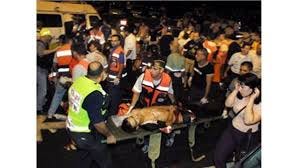
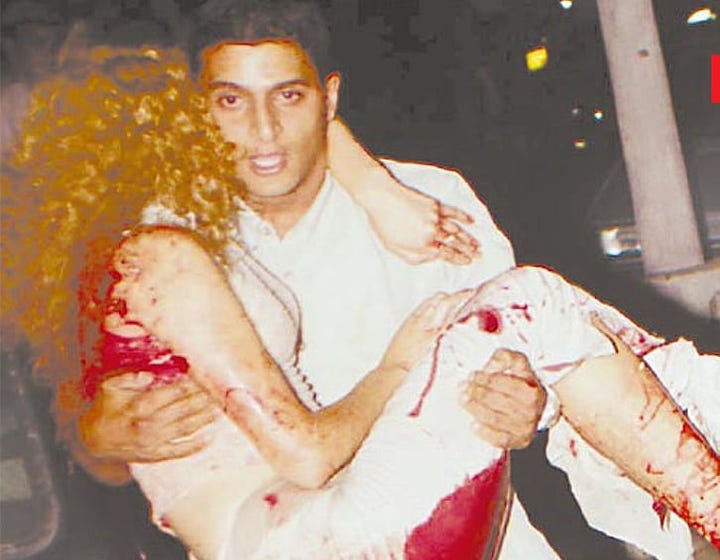
In July there were three attacks that killed two and injured eight. Israel got a little payback when on July 13, a mid level Hamas operative Fawaz Badran is killed when his car explodes as he starts it and on July 17, an IDF helicopter fired a Hellfire missile into a car containing four Hamas activists in Bethlehem. All four were killed, they had been planning an attack on the closing ceremony of the Maccabiah Games.
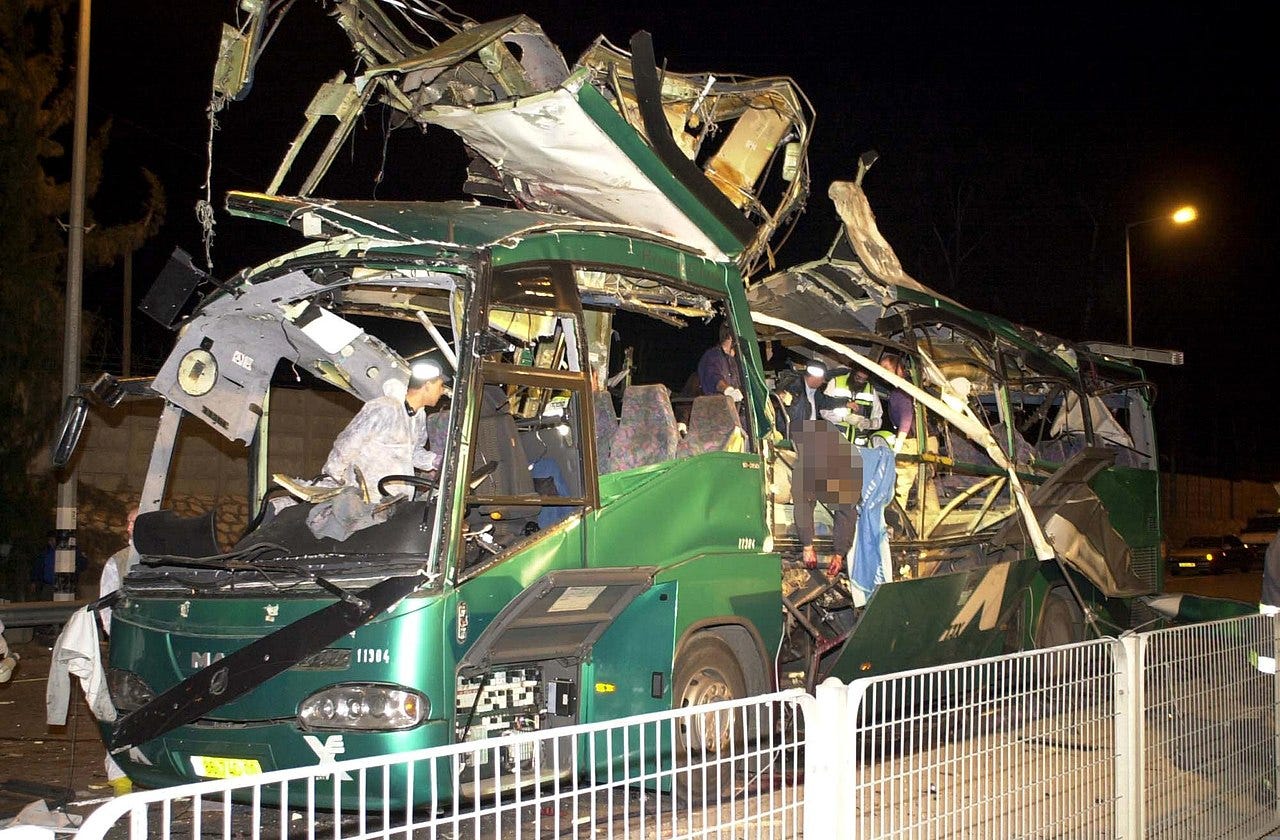
August eclipsed July in the shear numbers of causalities, with three attacks where 17 were killed and 145 wounded, including the August 9 attack in Jerusalem. That attack saw Ahlam Tamimi, a journalism student at Birzeit University in the West Bank, scouting for a target for a suicide attack. She settled on a crowded Sbarro restaurant in downtown Jerusalem and returned shortly with Izz al-Din Shuheil al-Masri, the bomber. Tamimi had not been spotted by Israeli security forces because she was not wearing a headscarf and the dress she was wearing made her appear more like a "Jewish tourist" than an Arab. She also had excellent command of both Hebrew and English if she had been stopped. Tamimi dropped off al-Masri at the Sbarro, he was carrying a guitar case loaded with 22 pounds of explosives, nails, nuts and bolts. Tamimi then, left the area before the bomb detonated, she then had a second part to play in this abomination: reporting on the attack in her roll as a part-time journalist. When al-Masri detonated his bomb, 16 people including seven children were killed, and 130 were wounded. In retaliation for this attack Israel killed midlevel Hamas terrorist Amer Hassan Madiri when a IDF helicopter fired two Hellfire missiles into his car.
September saw seven attacks that killed three and injured 127.
October had three attacks with no deaths but 23 wounded.
There were three attacks in November that saw five people killed and 56 wounded.
In December there were five attacks with 31 people killed and 264 people wounded including the December 1, attack on a busy street in Jerusalem. Two suicide bombers detonated themselves on Ben Yehuda Street, followed by explosion of a car bomb set to go off as paramedics arrived. The attack killed eleven and wounded 188. There was also the December 2, attack on a Haifa bus. The Hamas suicide bomber calmly boarded the No. 16 bus en route from Neve Sha’anan to the Giborim bridge. The bomber paid the bus fare and a few seconds later detonated the explosive device concealed underneath his clothes. The attack, which occurred in a busy intersection in the Tel Amal neighborhood in Haifa, killed 15 and injured 40.
2002
2002 was a even deadlier year than 2001. There were 51 attacks that killed 279 people and wounded 1,454. There were also 17 rockets and 455 mortars fired into Israel in 2002, resulting in ten injuries. Again these are only Hamas attacks.
January had five attacks with six deaths and 137 injuries, including an attack on January 27. A female suicide bomber, who worked for the Palestinian Red Crescent in Ramallah, passed through the Qalandiya checkpoint while driving a Red Crescent ambulance and dressed in a Red Crescent uniform. She approached a shoe store located on the Jaffa Street in the center of Jerusalem and detonated the 22-pound explosive device she carried in a backpack at the entrance of the store. One person was killed and 114 people were injured. It was the first time that Hamas had used a female bomber. Also in January, the IDF killed nine Hamas members with Hellfire missile attacks.
February saw 6 attacks with 6 deaths and 44 injuries and the Mossad killed one Hamas operative with a booby trapped car.
March was horrific with 12 attacks where 88 were killed and 421 wounded, including the Yeshivat Beit Yisrael bombing. Shortly after 7 PM on March 2, 2002, the streets were crowded with worshippers who had just finished the sun-down prayers that mark the conclusion of the Shabbat. People had gathered near the Mahane Yisrael yeshiva for the bar mitzvah of Naveh Hazan. Another family, the Hajabis, were also celebrating their son's bar mitzvah as well. The bomber was standing alongside a group of women with baby carriages, who were waiting for their husbands to return from the synagogue. He blew himself up just as the family and guests were beginning to move towards the yeshiva. The blast shook downtown Jerusalem, and ignited a nearby car. 11 people were killed and 54 wounded. The other egregious attack occurred on Passover, March 27. The Park Hotel in the Israeli coastal city of Netanya was holding their traditional annual Passover Seder in the ground floor dining room, for its 250 guests. A Hamas bomber disguised as a woman, approached the hotel carrying a suitcase. The bomber passed the security guard at the entrance, walked through the lobby, and entered the hotel's crowded dining room. When the bomber blew himself up, 28 people were killed and 140 were wounded. Also in March, the IDF, in an apparent attempt to kill Hamas politician, Hussein Abu Kuwayk, fired two Hellfire missiles at a truck in Ramallah. Unbeknownst to the IDF Kuwayk was not in the vehicle. The missile strikes killed his wife and three children as well as two bystanders. The IDF also killed senior Hamas member 'Abd al-Nassar Ghazal.
On March 29, Israel launched Operation Defensive Shield, a large-scale counter-terrorist operation conducted by the IDF in towns and villages of the West Bank aimed to curb Arab suicide bombings. The operation, which ran from March 29 to May 3, resulted in extensive damage to terrorist infrastructure and a decrease of Arab attacks. The operation resulted in 240 Arabs killed, 1,447 wounded and 7,000 detained. There were 30 IDF troops killed and 247 wounded.
April had four attacks with 33 killed and 166 wounded.
In May there were four attacks that saw 18 killed and 64 wounded, including the bombing at an illegal gambling den in Tel Aviv were a Hamas bomber brought a briefcase full of 20 pounds of explosives and detonated it inside the club, 15 were killed and 55 wounded.
June saw four attacks with 43 killed and 185 wounded including the Megiddo Junction bus bombing. A Hamas suicide bomber drove a car packed with explosives into a bus travelling from Tel Aviv to Tiberias. The explosion causes the gas tank of the bus to explode and setting the bus on fire, 17 are killed and 43 are wounded. In addition there was the attack on the French Hill bus station. As a Hamas suicide bomber approached the bus station in Jerusalem's French Hill neighborhood, one of the busiest bus stops in Israel, two Border Police spotted the suspicious person and chased the suspect. The bomber managed to run past them, straight into a crowd of people waiting for a bus and detonated the explosive device that he was holding in a bag. The force of the blast completely destroyed the concrete bus station, Killing seven people and wounding 50.
In July there were four attacks that killed 15 and wounded 167, including the Hebrew University bombing. A unidentified Hamas bomber left a briefcase full of explosives in the cafeteria in the Frank Sinatra International Student Center on the university's Mount Scopus campus. The bombing took place during the summer examination period, while summer Hebrew-language courses were being taught. Nine people were killed and 110 were wounded.
August was relatively quiet with only two attacks with nine killed and 40 wounded.
September was also fairly quiet with three attacks were eight were killed and 56 were wounded.
October was also mostly peaceful with three attacks that killed 18 and wounded 75, including an attack on the Karkur junction bus. A vehicle driven by a Hamas bomber and loaded with more than 220 pounds of TNT rammed the bus. A fire broke out, causing a chain of explosions from the ammunition carried by soldiers who were riding the bus and igniting the fuel tank, leaving the bus completely gutted. The blaze initially prevented the police and rescue workers from approaching the bus, which was reduced to a blackened skeleton. 14 were killed in the attack and 50 passengers were wounded.
November saw four attacks with 35 killed and 99 killed, including the Kiryat Menachem bus bombing. The Hamas bomber wearing a belt packed with eleven pounds of explosives and shrapnel, boarded the public bus on Mexico Street in Jerusalem. The bomber detonated the explosives before the bus reached the next stop, while the bus was in the suburban neighborhood of Kiryat Menachem. Eleven people were killed in the attack and over 50 were injured.
There were no attacks in December.
2003
Because of Operation Defensive Shield Hamas attacks were reduced in 2003. It was the fewest number of attacks since 1999, although Hamas seemed to be going after spectacular attacks rather than a large number of incidents. 31% of the attacks in 2003 killed at least 17 people. For the year there were 16 attacks that killed 135 and wounded 696. There were also 123 rockets and 514 mortars fired at Israel in 2003, causing 44 injuries.
In January there was one attack leaving 23 people dead and 120 wounded.
There were no attacks in February.
March saw two attacks that killed 17 and wounded 93, including the March 5, Haifa bus 37 suicide bombing. A Hamas bomber detonated a bomb hidden underneath his clothes on a bus carrying children and teenagers on their way home from school. The bus exploded as it was pulling out of the station on Moriyah Street heading to the University of Haifa. 17 people were killed and 53 were wounded.
The day after the attack, an IDF helicopter fired five missiles at a car carrying Ibrahim al-Makadmeh, a co-founded of Hamas, killing him. Three other Hamas terrorists were also killed in the attack.
There was only one attack in March, it killed four and injured 60.
There were no attacks in April.
May had four attacks that killed nine and wounded 32.
In June there were two attacks where 18 people were killed and 112 were wounded, including the June 11, Davidka Square bus bombing. According to Hamas the attack was in revenge for the assassination attempt against Hamas co-founder Abdel Aziz al-Rantisi on June 10. The next day, a Hamas suicide bomber dressed as an Orthodox Jew boarded the No. 14a bus at the Mahane Yehuda market. At the Davidka Square stop, the bomber detonated his explosive device. 17 people were killed in the attack and 109 people were injured, including dozens of passersby.
In July there was only one attack, it resulted in one death and three injuries.
August saw two attacks that saw 25 killed and 143 wounded, including the Shmuel HaNavi bus bombing. On August 19, 2003, a Hamas suicide bomber disguised as a Orthodox Jew detonated himself on a bus traveling through Jerusalem's Shmuel HaNavi neighborhood. He blew himself up after entering the back door of the double-length bus, which was crowded with Orthodox children returning from a visit to the Western Wall. The huge explosion killed seven children and 16 adults, among them a woman who was eight months' pregnant, and injured more than 130 people. Two days later the IDF killed senior Hamas member Ismail Abu Shanab and his two bodyguards in retaliation of this attack.
In September there were three attack including two attacks in one day, they killed 18 people and wounded 182. One of the most shocking attacks of the year was the attack on a home in the Israeli settlement of Negohot. On Rosh Hashanah (the Jewish new year), a Hamas gunman broke into the house of the Avraham family, shot and killed Eyal Yeverbaum, a family friend, and then shot and killed the Avraham’s seven-month-old daughter Shaked and wounded both parents before escaping. He was found and killed by the IDF a short time later.
In October there was one attack, the Maxim Restaurant bombing. The restaurant, which is located at the seafront near the southern boundary of the city of Haifa, was co-owned by both a Jewish family and an Arab one, and was host to Arab and Jewish locals. It was widely seen as a symbol of peaceful coexistence in Haifa. On October 4, a female Hamas bomber walked into the restaurant and detonated the explosive belt she was wearing. 18 Jews and 3 Arabs were killed, and 60 others were wounded, among them was Oran Almog.
He was ten years old at time of the bombing. He was blinded by the blast, lost two of his grandparents, his father, his brother and his cousin. Also among the victims were four children, including a two-month-old baby. According to the Haifa police, the aftermath was gruesome, with some of the dead still sitting upright at their tables, while others were slammed against the walls with the force of the explosion. All that remained of the bomber was her head.

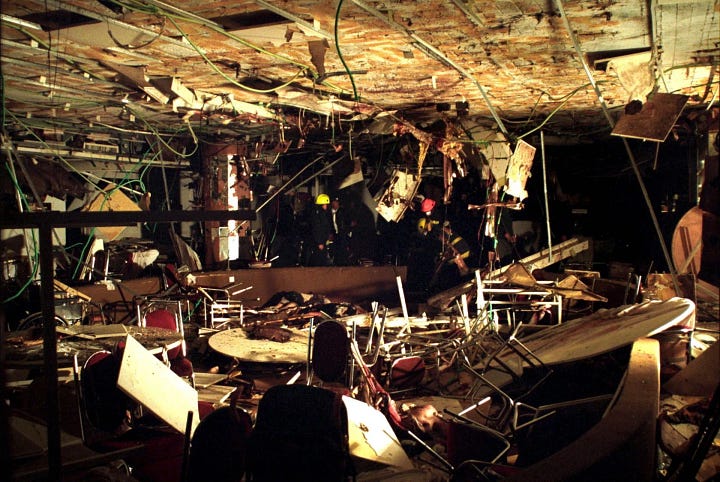
Who kills for Hamas?
After reading this I’m sure you are all wondering what kind of person would commit these despicable acts. It is hard to put into words the alien idea of strapping explosives to yourself, walking into a crowded market or getting on a crowded bus, with women and children around and blowing yourself up. Knowing before you did it, that innocent people would be killed or maimed for life. In the West, we imagine the typical Hamas suicide bomber is a religious fanatic who has been taught that he or she is a poor, landless refugee with no hope and no prospects. The indoctrination tells them that Israel and the West are the reasons for the plight and that paradise awaits if only they die in an attack against the infidels. A careful examination of the evidence doesn’t necessarily support this contention as well shall see in this next section. I will look at as many attackers as can gather information on and it will become apparent that this strange group of people cuts across both sexes, age groups, and all socio-economic backgrounds and that religiosity is not always a factor. This list is in no particular order and is not exhaustive.
The June 1, attack on the Dolphinarium was carried out by Saeed Hotari, a 22-year-old Arab born in a refugee town in Jordan, one of nine children of a bricklayer and his wife living in Qalqilya, in the West Bank. On the day of the bombing he had attended the wedding of a friend before driving to Tel Aviv to blow himself up.
The March 4, 2001, Netanya bombing was carried out by 23-year old Arab Ahmed Alyan from the West Bank town of Jericho.
The March 2, 2002 Yeshivat Beit Yisrael bombing was conducted by 19-year-old Mohammed al-Chouhani from the Dheisheh refugee camp near Bethlehem. After the attack, 1,500 camp residents celebrated throughout the evening, handing out sweets and shooting in the air.
The Nahariya train station suicide bombing on September 9 2001 was carried out by Mohammed Shakur Habeishi. He was a 48-year-old Arab citizen of Israel, born and raised in Israel. He was a husband of two wives and six children, and lived in Abu Sinan, a small Arab village in northern Israel. Habeishi became religious during the early 1980s and later became an active member of the Islamic Movement of Israel (an Islamist movement that advocates for Islam in Israel). He eventually decided to cooperate with Hamas in order to commit a terror attack in Israel.
The December 2, 2001 Haifa bus attack was carried out by Maher Habashi, a 21-year-old Arab plumber from Nablus.
The January 27, 2002, Jaffa street bombing was carried out by Wafa Idris. She was born in the Am'ari refugee camp in 1975. She was 12 years old when the First Intifada started in 1987 in which Idris served on the camp's women's committee, assisting in food distribution during curfews and provided social support to imprisoned Arab’s families. At sixteen she was married and had a stillborn baby when she was 23. When she was told and was told that she would never be able to carry a baby to full term, her husband divorced her and she moved back to live with her mother, her brother, his wife and five children. She began volunteering for the Red Crescent Society and trained as a medic. According to the Red Crescent's coordinator of Emergency Response Services, Idris volunteered every Friday, the peak time during the intifada because of frequent riots after prayers.
The June 5, 2002, Megiddo Bus bombing was conducted by 18-year-old Arab Hamza Samudi. He was born in Jenin and was a quiet, religious, high school dropout and the youngest of eight children. He lived with his impoverished parents and one brother and earned a living selling household items in Arab towns in Israel. He told his family that he bought the Renault van used in the attack, and learned to drive in order to become a watermelon vendor.
The November 21, 2002 Kiryat Menachem bus bombing was carried out by Na'el Abu Hilail, 22 years-old, from the Arab village of el-Khader. Abu Hilail's father said he was pleased with his son, saying
"Our religion says we are proud of him until the day of resurrection."
The April 30, 2003, Mike’s Place bombing was conducting by two British Muslims males, Asif Muhammad Hanif, 22, from London and Omar Khan Sharif, 27, from Derby.
The March 29, 2002, Kiryat HaYovel supermarket bombing was carried out by Ayat al-Akhras a 17-year-old female from the Dheisheh refugee camp. The attack gained widespread international attention due to Ayat's age and gender and the fact that one of the victims was also a teenage girl. The killings led President George W. Bush to observe:
“When an 17-year-old Palestinian girl is induced to blow herself up and in the process kills a 17-year-old Israeli girl, the future itself is dying; the future of the Palestinian people and the future of the Israeli people.”
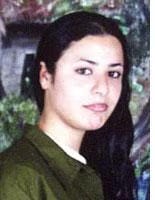
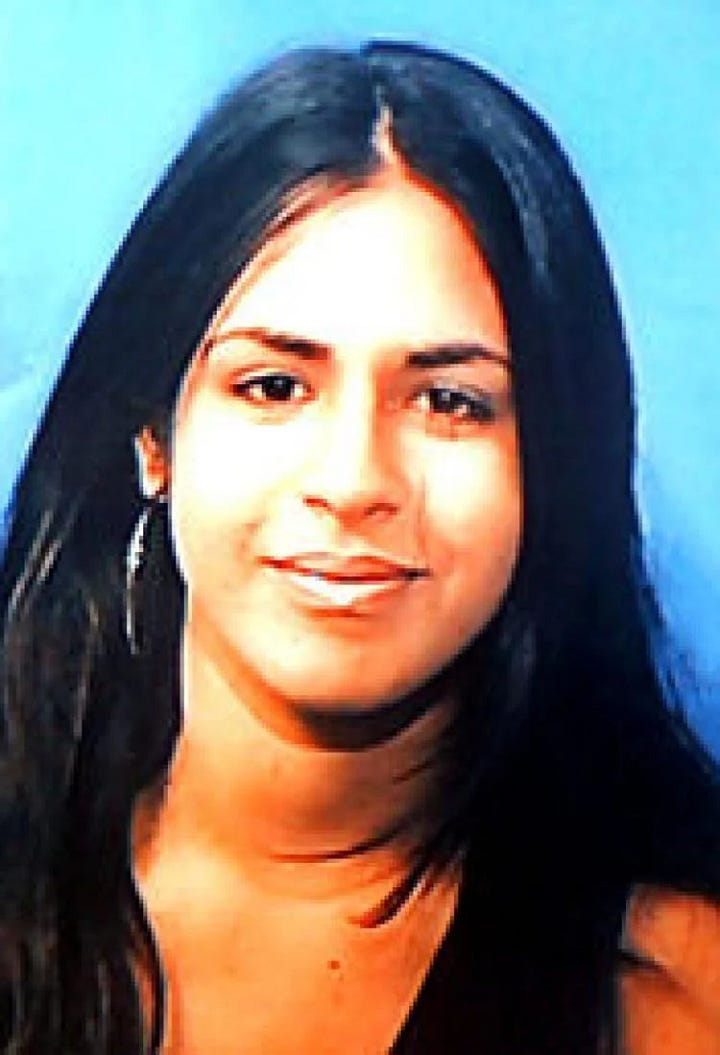
Ayat al-Akhras (left) and her victim Rachael Levy (right) Akhras' father found employment with an Israeli construction firm and was able to build a three-story concrete house, where Akhras and her four brothers and six sisters were raised. Akhras was a straight-A student, had hopes of attending college and becoming a news reporter. During the First Intifada her oldest brother was jailed twice for attacking Israeli soldiers and during the Second Intifada, members of her family were wounded by the IDF. In 2001 she became engaged and plans were made for a wedding in July 2002. An Israeli intelligence report indicate that Akhras was impregnated by a Fatah operative and that the emotional and social consequences of her unplanned pregnancy were the primary reason she decided to commit a suicide attack. Like many other Arab suicide bombers, she made a video in which she lashed out at the regimes of Muslim nations throughout the world. She said:
"I say to the Arab leaders, stop sleeping. Stop failing to fulfill your duty. Shame on the Arab armies who are sitting and watching the girls of Palestine fight while they are asleep."
The March 5, 2003, Haifa bus 37 suicide bombing was carried out by 20-year-old Mahmoud Umdan Salim Qawasmeh, a student at the Palestine Polytechnic University.
The September 9, 2003 Café Hillel bombing was carried out by 26-year-old Ramez Abu Salim, from the West Bank village of Rantis. He had been a student at Bir Zeit University.
The October 4, 2003 Maxim Restaurant bombing was carried out by 28-year-old Hanadi Jaradat from Jenin. When she was 21, her fiancé had been killed by Israeli security forces. At the time of her suicide bombing, Jaradat was a law student due to qualify as a lawyer in a few weeks. She agreed to the bombing after Mossad undercover operatives in Jenin killed her cousin (Salah, 34), and her younger brother (Fadi, 25), both of whom were accused of being Hamas operatives.
The March 27, 2002 Passover massacre was carried out by Abd Al-Baset Odeh a 25-year-old from the West Bank city of Tulkarm.
The militant we know the most about is the accomplice in the August 9, 2001, Sbarro attack, Ahlam Ahmad al-Tamimi. The attack itself was carried out by Izz al-Din Shuheil al-Masri, 22, the son of a successful restaurant owner, from an affluent land-owning family.
Ahlam al-Tamimi, who was born in Jordan, was convicted by an Israeli military tribunal and received 16 life sentences. While in prison Tamimi commented that she was not sorry for what she had done, and does not recognize Israel's existence. She said:
"Despite the fact that I'm sentenced to 16 life sentences, I know that we will become free from Israeli occupation and then I will also be free from the prison."
When she first learned from the journalist who was interviewing her in prison that she had murdered eight children, not just three, as she had initially believed, she just smiled broadly and continued with the interview.
Tamimi was released in 2011 as part of the Gilad Shalit prisoner exchange. In 2012, after her release she was interviewed on Al-Aqsa TV (a channel run by Hamas). Tamimi described the reaction of other Palestinians as she left the area immediately after the bombing:
Afterwards, when I took the bus, the Palestinians around Damascus Gate were all smiling. You could sense that everybody was happy. When I got on the bus, nobody knew that it was me who had led to Izz al-Din to the target. I was feeling quite strange, because I had left Izz al-Din behind, but inside the bus, they were all congratulating one another. They didn't even know one another, yet they were exchanging greetings. While I was sitting on the bus, the driver turned on the radio. But first, let me tell you about the gradual rise in the number of casualties. While I was on the bus and everybody was congratulating one another.
After hearing an initial report that three people were killed in the bombing, Tamimi stated:
I admit that I was a bit disappointed, because I had hoped for a larger toll. Yet when they said "three dead," I said: 'Allah be praised'. Two minutes later, they said on the radio that the number had increased to five. I wanted to hide my smile, but I just couldn't. Allah be praised, it was great. As the number of dead kept increasing, the passengers were applauding.
When asked if she regretted he role in the bombing she said:
I do not regret what happened. Absolutely not. This is the path, I dedicated myself to. Jihad for the sake of Allah, and Allah granted me success. You know how many casualties there were? This was made possible by Allah. Do you want me to denounce what I did? That's out of the question. I would do it again today, and in the same manner.
Currently she hosts a talk show in Jordan called Nasim Al-Ahrar (Breeze of the Free), on the Hamas-affiliated Al-Quds TV. The shows deals with Palestinians in Israeli prisons.
Just to illustrate the level of support Hamas enjoys among the population of the Gaza Strip and the West Bank, I have this anecdote related to the Sbarro bombing. After the bombing, students at the An-Najah University in the West Bank City of Nablus created an exhibition celebrating the first anniversary of the Second Intifada. The exhibit's main attraction was a room-sized re-enactment of the bombing at Sbarro. The installation featured broken furniture splattered with fake blood and fake human body parts. In addition to the horrific re-enactment, the entrance to the exhibition was illustrated with a mural depicting the bombing.
I think this list proves a few things. One, it proves that it is difficult to predict who might become a Hamas attacker. Which makes it very hard for the Israeli intelligence services to stop attacks before they happen. Second, it shows that the Arab people are at the least, complicit in the attacks by all the Arab terrorist organizations and especially Hamas. And finally it shows how barbarically evil Hamas is. Israel has every right to do whatever it takes to rid themselves and the world of this cruel and savage bunch of deviants.
Next week I will continue my examination of Hamas. I hope you are learning many things from these posts and as I always say, please share this with as many people as possible. Israel is coming under increasing international pressure to “pause” attacks against Hamas and there are huge protests by people that have no idea what the real history is. Anything we can do to bring the truth into the light will help the embattled citizens of the only democracy in the Middle East.




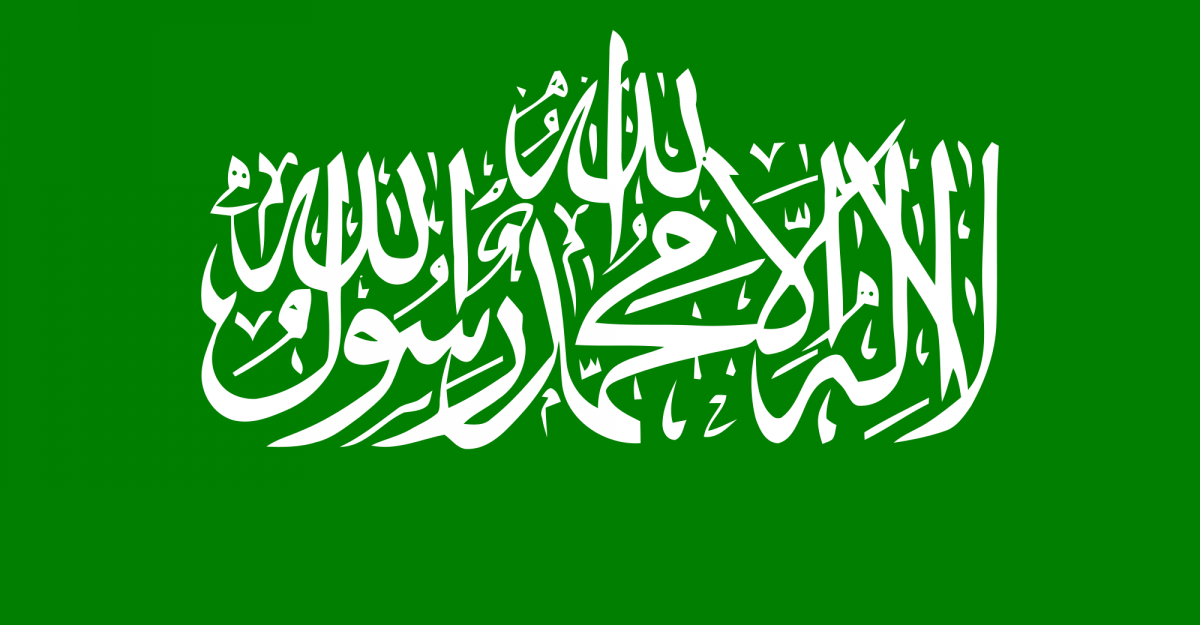

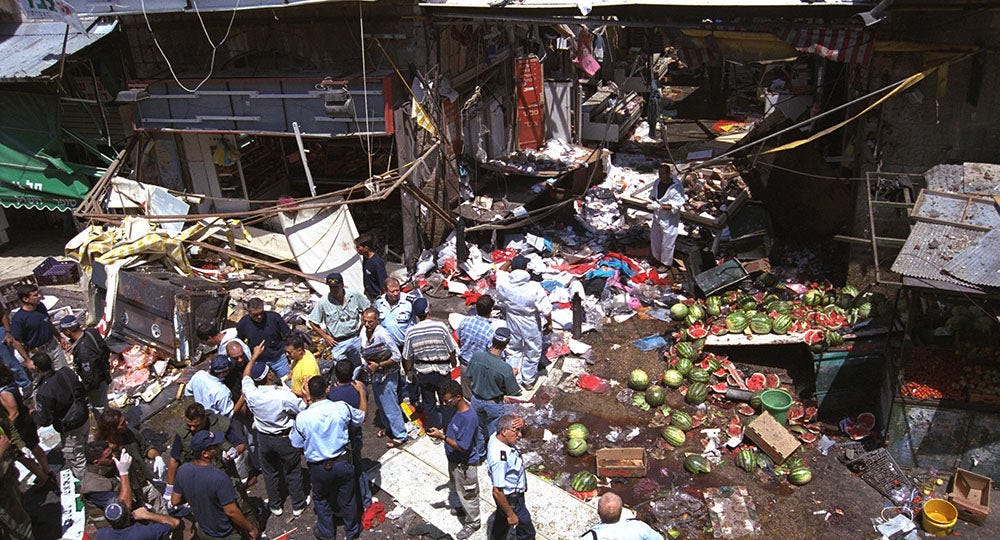

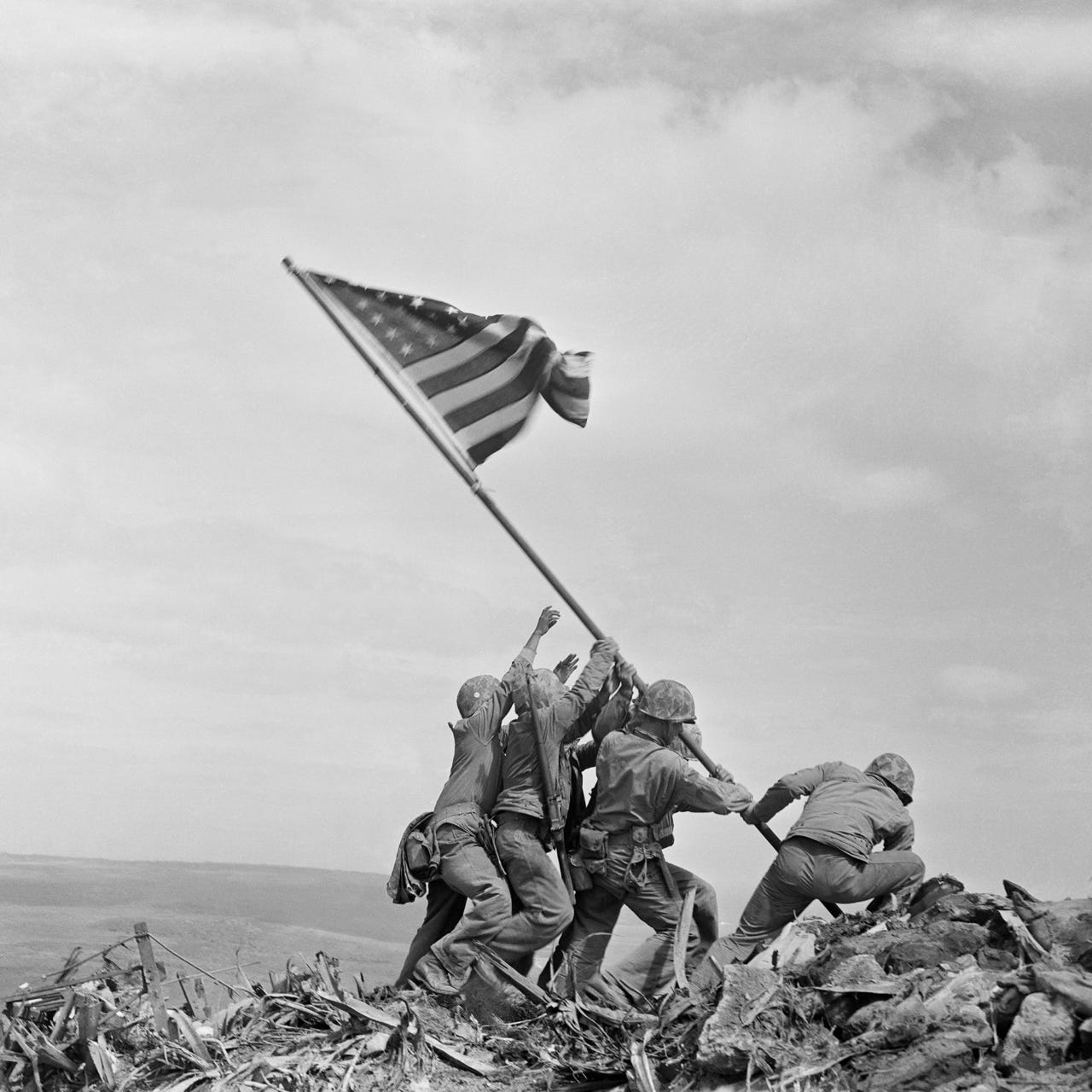
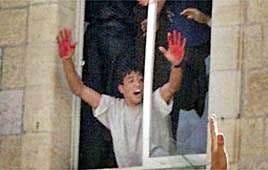
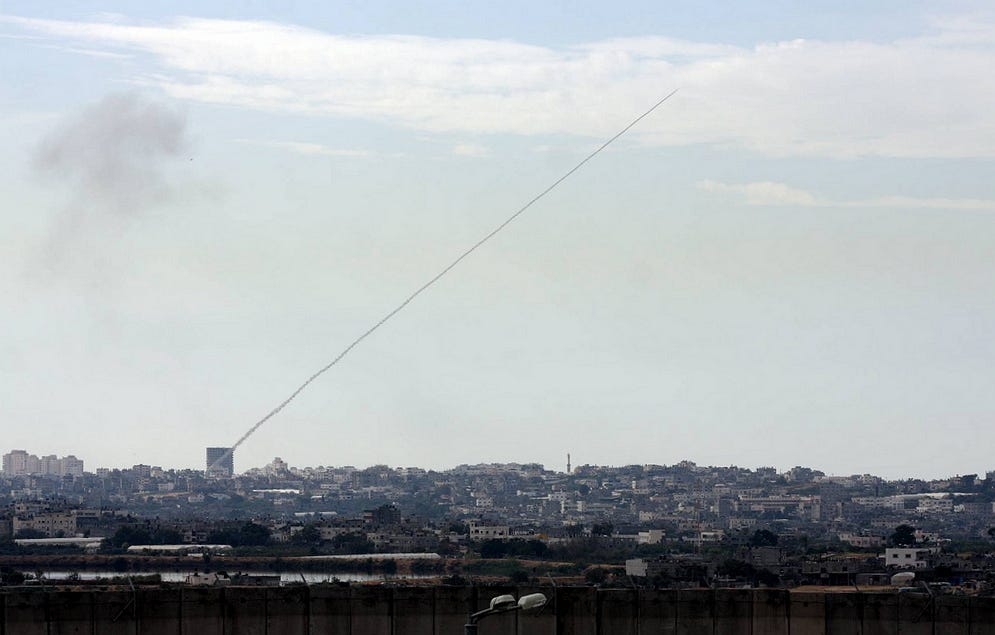
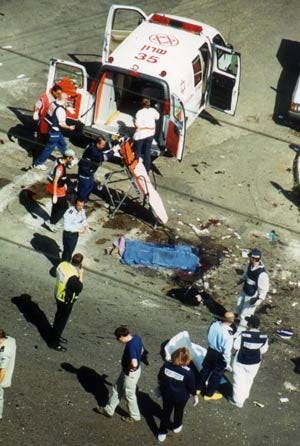
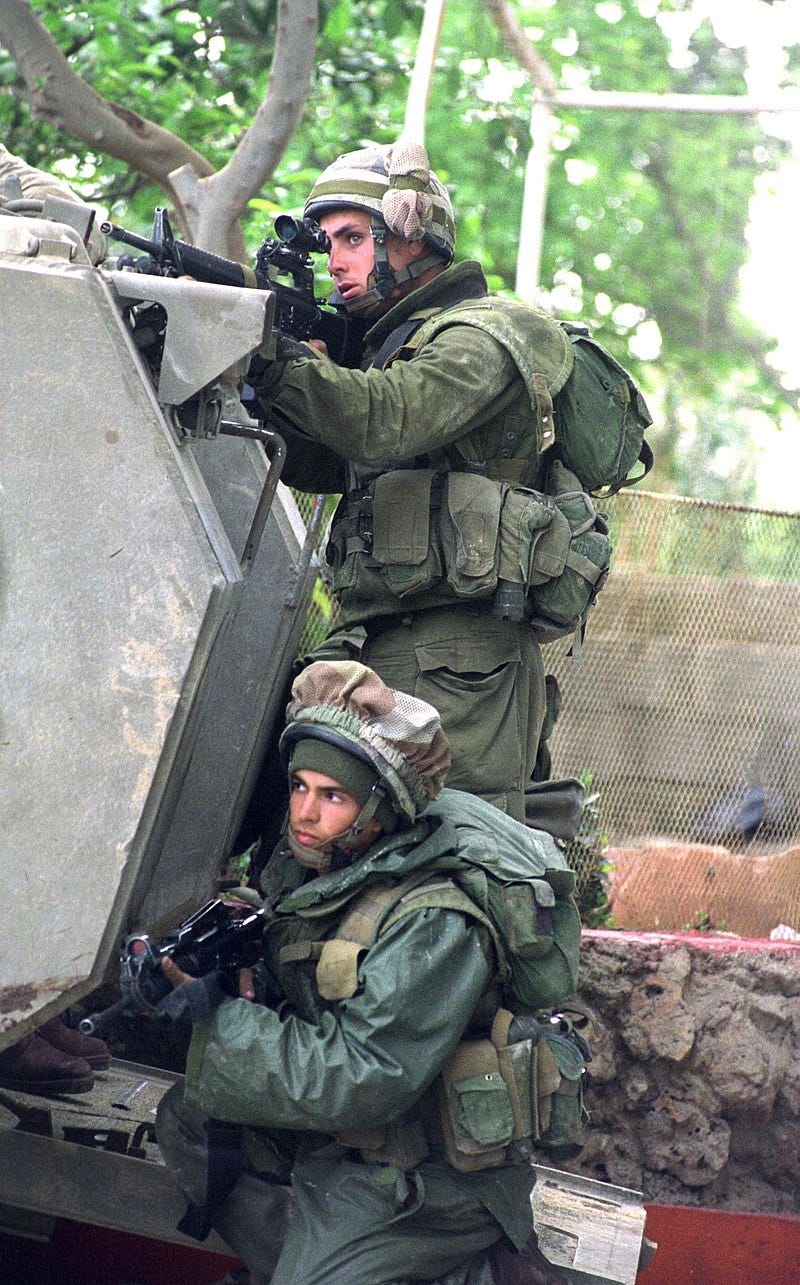
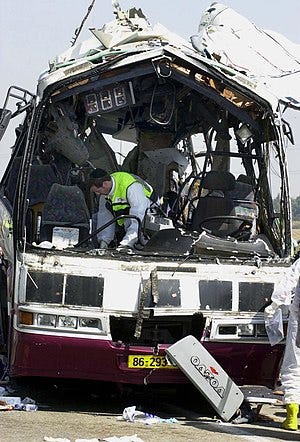
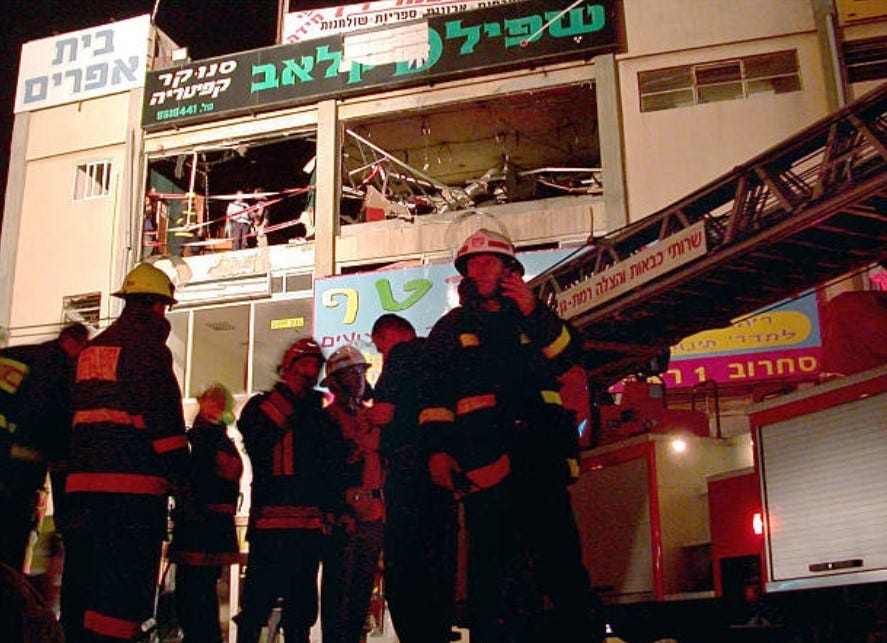
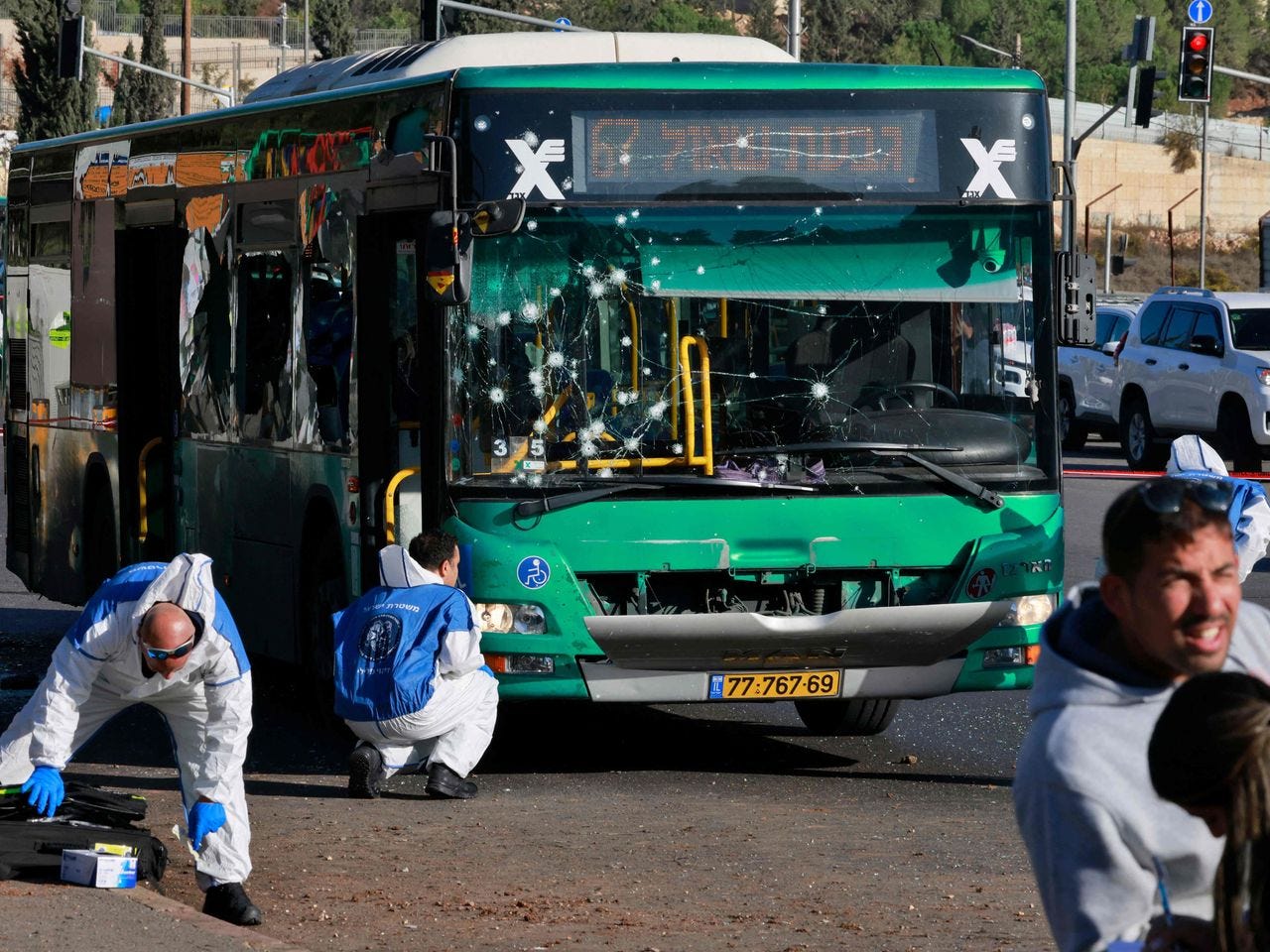
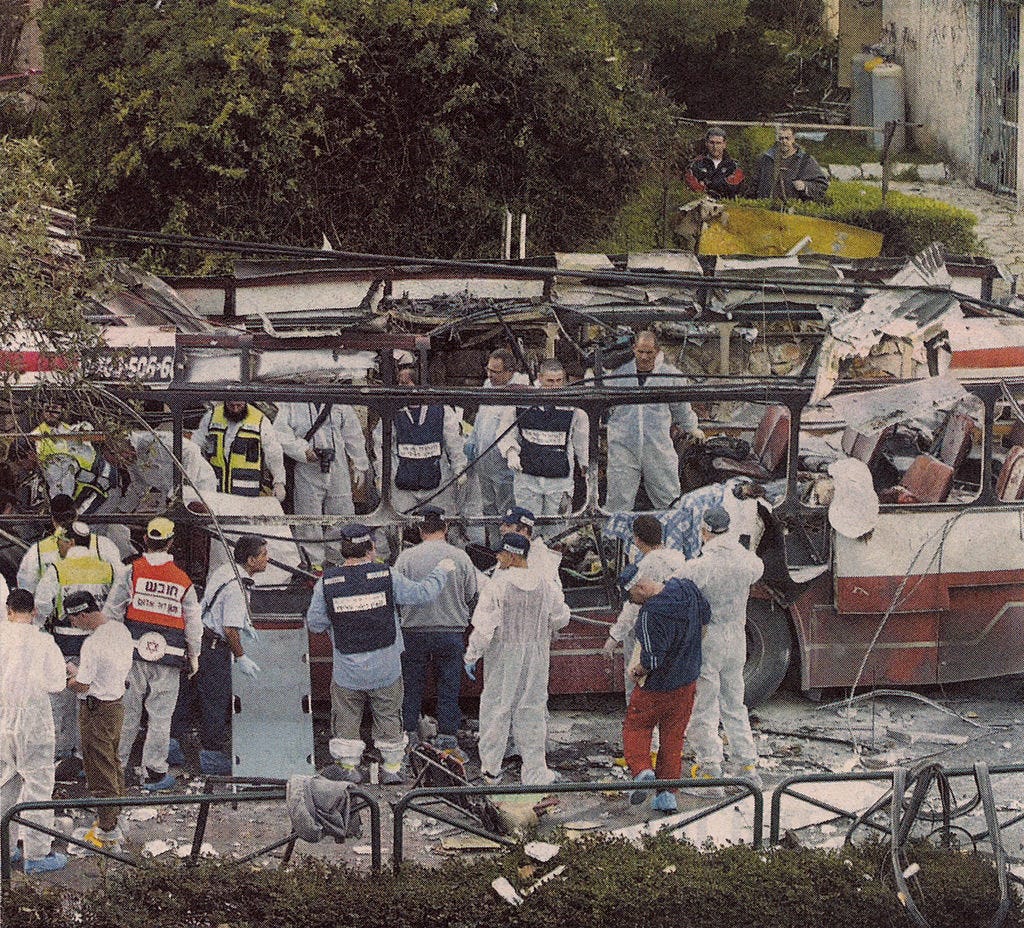
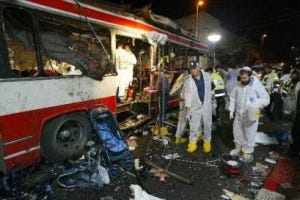
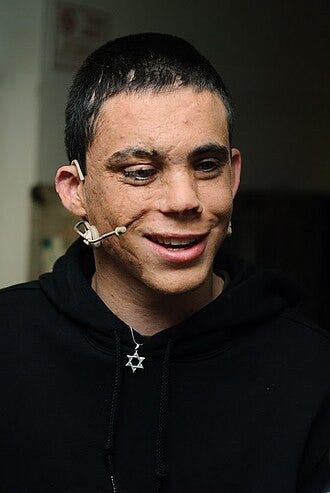
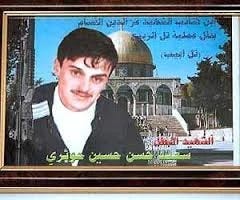
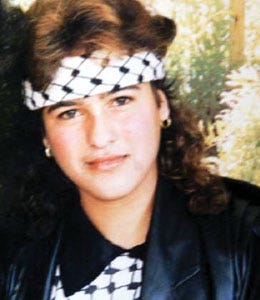

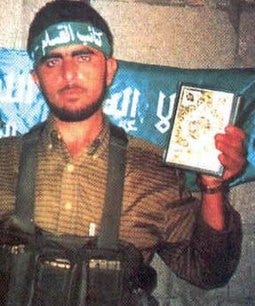


I skimmed some, but thank you for the deep dive!